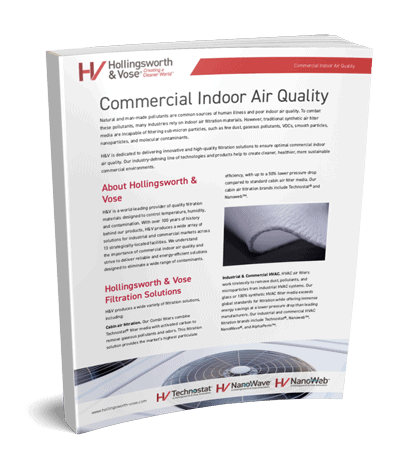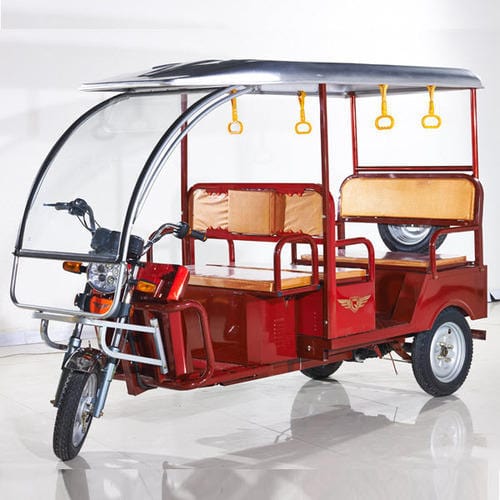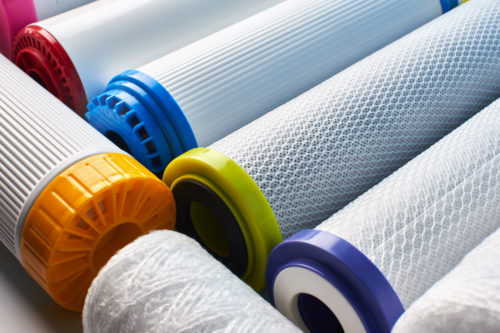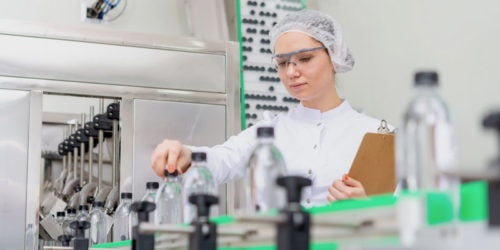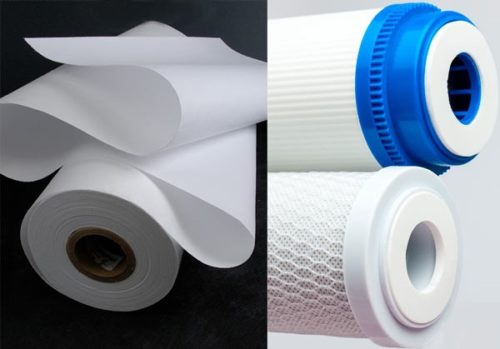Why Lead Batteries Are Important for the Shift to EV Ecosystems
Leave a Comment As automobiles evolve, so does the role of the battery. Automakers, regulators, and consumers require more power, safety, and sustainability from automotive batteries, especially electric vehicle (EV) batteries. To meet these growing demands, absorbent glass mat (AGM) advanced lead batteries are ideal for 12-volt systems to facilitate the global shift toward autonomous and electric vehicles.
As automobiles evolve, so does the role of the battery. Automakers, regulators, and consumers require more power, safety, and sustainability from automotive batteries, especially electric vehicle (EV) batteries. To meet these growing demands, absorbent glass mat (AGM) advanced lead batteries are ideal for 12-volt systems to facilitate the global shift toward autonomous and electric vehicles.
Hollingsworth & Vose is a leading manufacturer of advanced materials used in energy, filtration, and industrial applications. Since our origins in 1728, we have continuously evolved, with R&D and manufacturing facilities throughout the Americas, Europe, India, and China. Our product line includes a selection of high-quality lead battery components—key to the global shift to EVs. Learn how lead batteries are driving the electric vehicles and infrastructure of the future.
Why EVs Need Lead Batteries
Did you know that there are lead batteries in EVs? High-voltage lithium batteries power the electric powertrain, while lead batteries power the low-voltage (12V) safety and auxiliary systems, such as those that drivers and passengers interact with directly. Here is an overview of the 12V capabilities and benefits of lead batteries that make them important in the shift to EVs.
12V Capabilities
Lead batteries perform numerous functions in 12V vehicle applications. These capabilities include:
- While Driving — Lead batteries can power increasing electrical loads for accessories and supplement power for instances of peak load demand (e.g. power steering, seat heating).
- Parked/Off — Lead batteries enable fob scanning and theft protection. Additionally, they allow for vehicle connectivity to GPS and to facilitate over-the-air updates.
- Emergencies — Lead EV batteries power functional safety systems to get the vehicle off the road in the event of high-voltage failure of the propulsion system.
Advantages of Advanced Lead Batteries
Advanced lead batteries offer several benefits that make them ideal EV batteries, including:
- Cost Competitiveness — The total cost of ownership is lower than you would find with other types of batteries.
- Reliability — Advanced lead batteries offer decades of proven performance.
- Supports the Shift to EV Ecosystems — AGM batteries, in particular, are invaluable for EV charging infrastructures and supporting the electric grid, with long lifespans, safe handling, high-power output, and increased stability that promote the transition to EV vehicles.
- Sustainability — With a 98-100% recycling rate, advanced lead batteries are the sustainable option.
- Safe Chemistry — There is no risk of thermal runaway with advanced lead batteries.
Why Use Advanced Lead Batteries Like AGM?
Compared to lithium-ion batteries, lead batteries offer advantages for 12V applications in electric vehicles. AGM and other advanced lead batteries enable the stop-start function that reduces vehicle emissions. AGM batteries are especially popular because of their flexibility for where they are mounted in the vehicle due to their non-spillable design, and there is no thermal runaway risk. Due to their robust design, AGM batteries can continue to function properly after a collision in most cases, whereas lithium batteries would require additional electronics to ensure functionality and safety.
Lead batteries have well-established supply chains and are cost-effective, reliable, and sustainable. What makes lead batteries sustainable is their use of recycled materials. Disposed or end-of-life batteries can be recycled to produce new batteries, which have a low carbon footprint: around 15 kg CO2 per kWh. Reusing materials reduces costs and makes recycling lead batteries an easy way to support global sustainability efforts. The U.S. currently has a lead battery recycling rate of 98%, while Europe’s recycling rate is 100%.
H&V’s Advanced Lead Battery Components for EVs
Advanced lead batteries are crucial to the global shift to electric vehicles. For ideal EV battery components, H&V provides energy-efficient, cost-effective, and reliable solutions. We manufacture top-quality AGM battery separators and other components to meet or exceed automotive standards for quality and performance. Browse our line of proprietary AGM EnergyGuard®, PowerFill™, PowerLock®, and other energy products. In addition to AGM lead battery separators, we also offer gel lead, flooded lead, and primary battery separators.
Our goal is to provide customers with reliable advanced materials that create a cleaner, more sustainable world. Contact us today to learn more about the role of lead batteries in EVs.






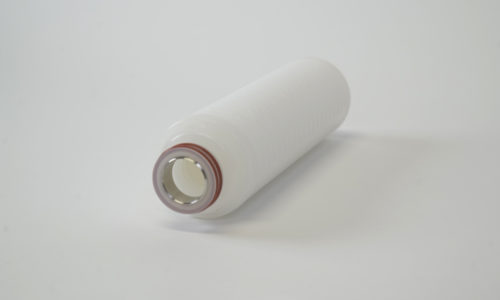
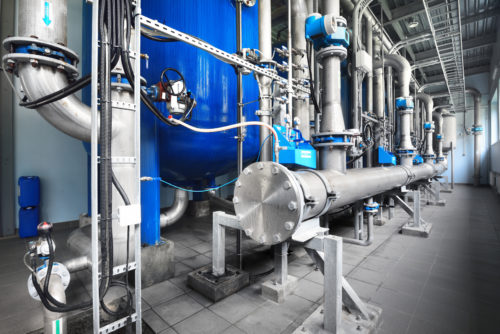 monoclonal antibody (“mAb”) – a protein – was approved by the FDA for use in 1986, 61 mAbs were in use by 2017. Nine were authorized for use alone in 2021. $163 billion was spent on these proteins in 2019.
monoclonal antibody (“mAb”) – a protein – was approved by the FDA for use in 1986, 61 mAbs were in use by 2017. Nine were authorized for use alone in 2021. $163 billion was spent on these proteins in 2019.
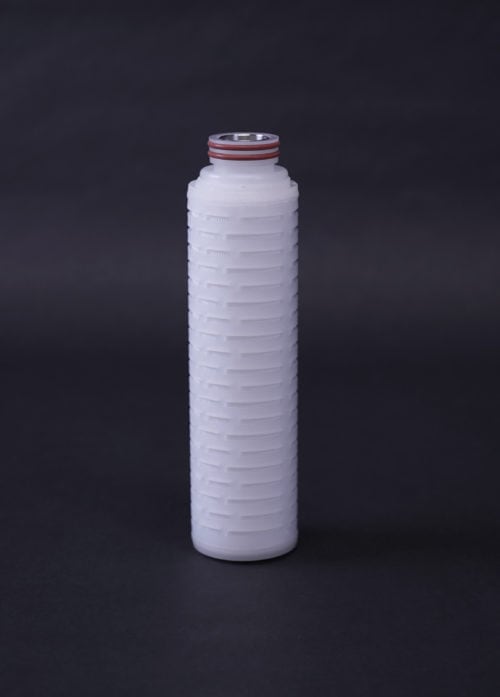 customers on their top concerns about bio-safety, bio-compatibility and product performance.
customers on their top concerns about bio-safety, bio-compatibility and product performance. While Earth Day is an important time to celebrate nature and the beauty of the outdoors, at Hollingsworth & Vose, we are doing our part to make the air quality in buildings safer through filtration solutions that reduce energy consumption and minimize carbon emissions as compared to standard filtration in the market.
While Earth Day is an important time to celebrate nature and the beauty of the outdoors, at Hollingsworth & Vose, we are doing our part to make the air quality in buildings safer through filtration solutions that reduce energy consumption and minimize carbon emissions as compared to standard filtration in the market.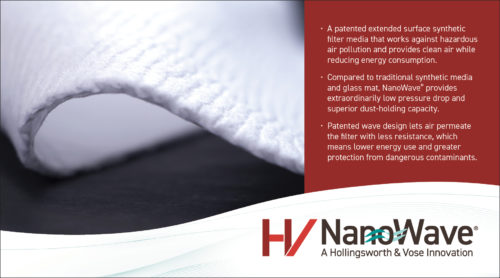

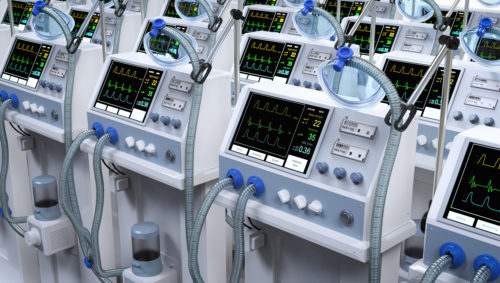
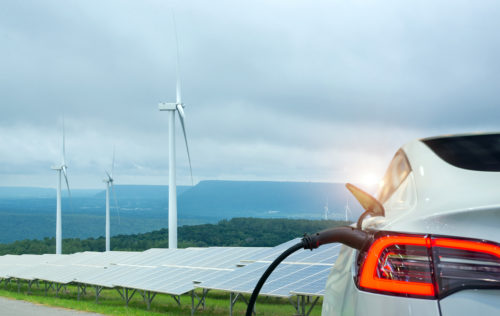 As far as filtration in 2022, Ayer believes the demand for filtration media will continue to increase as the public realizes the importance of sustainability and emission reduction. Government regulations and corporate air quality policies will expedite the demand for green buildings with sustainable, healthy spaces that adhere to LEED standards.
As far as filtration in 2022, Ayer believes the demand for filtration media will continue to increase as the public realizes the importance of sustainability and emission reduction. Government regulations and corporate air quality policies will expedite the demand for green buildings with sustainable, healthy spaces that adhere to LEED standards.